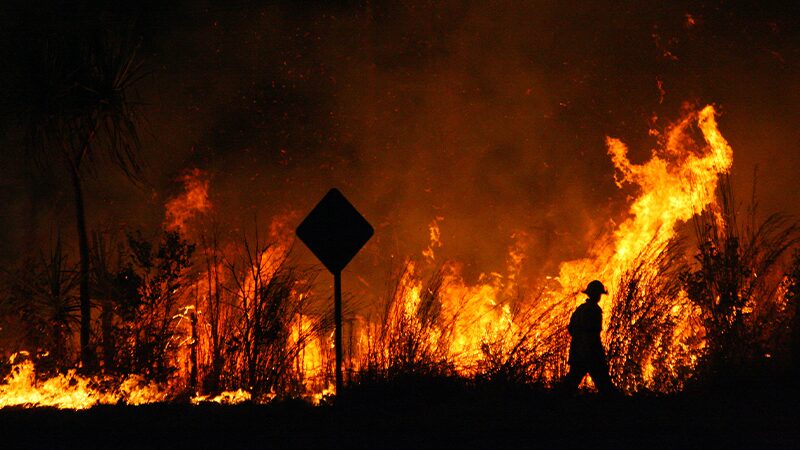- No products in the cart.


The Asbestos Safety and Eradication Agency has estimated that asbestos may be present in as many as 1 in 3 homes built prior to 1990, as well as many public buildings built during that time. In natural disasters such as fires, formally bonded asbestos fibres have the potential of becoming loose and airborne.
Breathing asbestos fibres may lead to serious diseases, such as asbestosis, lung cancer and mesothelioma.
It is timely to remind those engaged to inspect damage or undertake remediation of bushfire affected properties to:
Obtain confirmation from emergency services, utilities companies or local council that it is safe to enter an affected property.
Obtain confirmation from the property owner that a site assessment has been undertaken by a licensed asbestos assessor or occupational hygienist where there is a risk that asbestos is present. In some cases, emergency services may undertake this role in an emergency situation.
Wear personal protective equipment, such as protective overalls (with long sleeves and trousers) and disposable coveralls, safety boots and P2 respirator masks when undertaking inspections; and
Ensure that any asbestos clean-up and removal is undertaken by a licensed asbestos removalist and disposed of at a waste facility licensed to lawfully dispose of asbestos waste.
If you require further information, contact your State/Territory WHS team who can provide advice on how to say safe, brush up on your asbestos awareness or any other any relevant legal requirements.
Alternatively, find more information here from Safework Australia
Ends…

